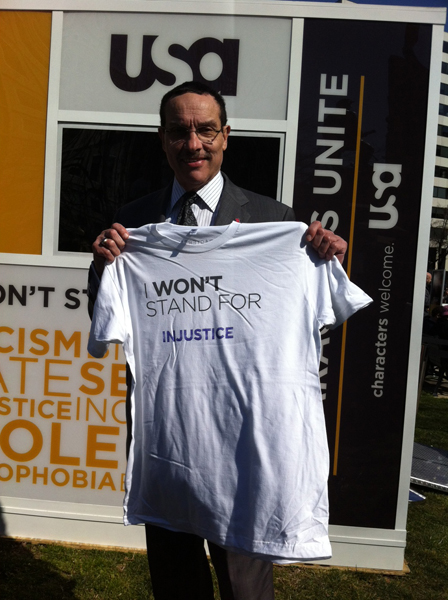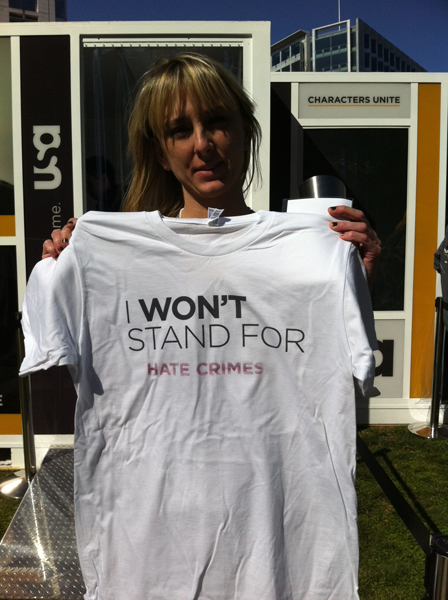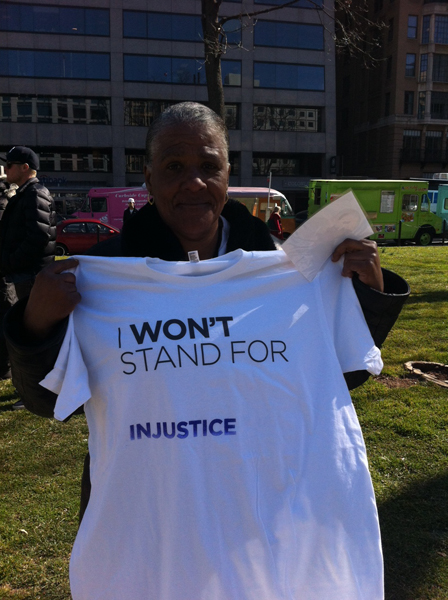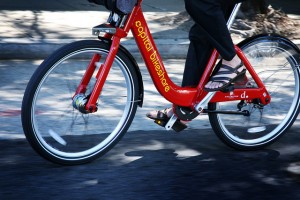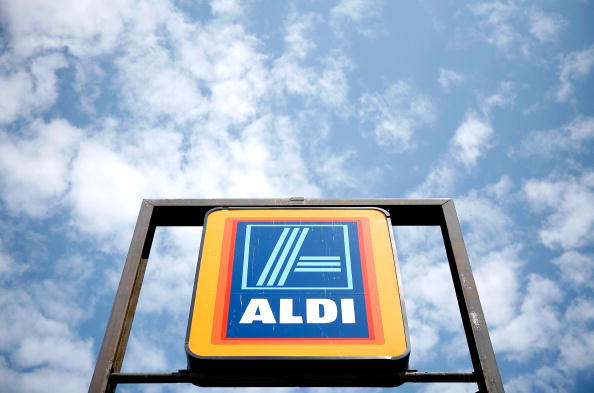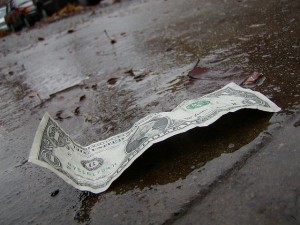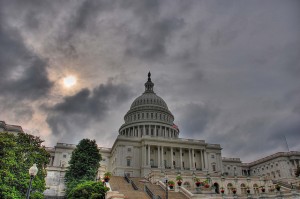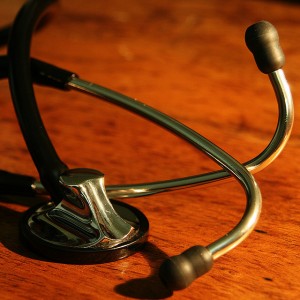Author Charles Murray has been criticized and praised for his latest book, “Coming Apart,” in which he argues that white America is in crisis and that the country is divided primarily by class, not by race.
Murray’s argument is that “the super wealthy, super educated and super snobby live in so-called super-ZIP [codes]: cloistered together, with little to no exposure to American culture at large,” reports NewsHour. Murray’s book includes the “bubble quiz,” meant to determine just how out-of-touch respondents may be (and it’s presumably intended for whites).
A caveat to one of the questions may be of particular interest to our readers. The first question states, “Have you ever lived for at least a year in an American neighborhood in which the majority of your fifty nearest neighbors did not have college degrees?” But, the quiz qualifies, it doesn’t count if the neighborhood is gentrified and you’re one of the gentrifiers. In other words, Murray argues, gentrifiers are still in an upper-class bubble, even if they don’t technically live in one. Do you agree? It’s a salient question in D.C., given the number mixed-income neighborhoods.
And you can take the quiz here.




